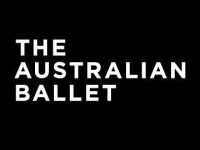Training Turn Out … a brief guide for dancers
by Sally Harrison from Perfect Form Physiotherapy
Every dancer desires a natural, wide turn-out from the hips. High kicks, strong turn-out, centering and core control – these are just a few of the things that today’s dancer is seeking.
How are we training these aspects of movement though? Are we just hoping that repetition will be the answer? Enough kicks and they will improve and get higher? Repetition is definitely key to improvement, but foundational technique is essential to progress otherwise we just gain endurance for a poor movement pattern.
So how do we improve…
We will start with a brief look at turn-out: what exactly is it?
When we see dancers in clinic we do a thorough review of the full body, inclusive of turn-out range both passive and active. Then we can be more specific in prescribing certain exercises for improving turn-out if necessary. Our main aims are normally to increase the range of turn-out and then strengthen the hips.
Below is a simple 4-Step program you can follow to help improve your turn-out. It focusses on release, isolation, integration & strengthening.
1. Release
When looking at turn-out rehab we would maybe start with muscle releases using either a massage/tennis ball or foam roller.
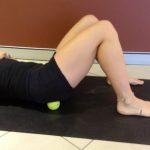
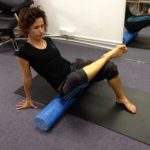
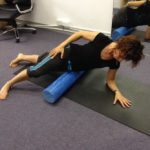
Ensure you are ‘melting’ over the ball/roller and not moving vigorously back and forth. We want to release the muscle not excite it further. We are working here on the Piriformis/Glut Med and TFL. (left to right)
2. Isolate
We then want to look at isolating the deep turn-out muscles; the deep hip rotator fan.
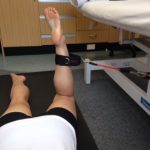
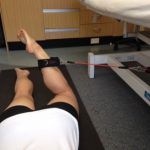
With this exercise we are aiming to keep the outer hip muscles (gluts max/med/min) soft as we cause turn-out to occur at the hip with the deeper muscles lying underneath the gluteals. The pelvis must remain flat and core activated.
Once we have trained these muscles we can then progress to standing in parallel or first position and use these muscles to find our turn-out, again without gripping with the gluts.
3. Integrate
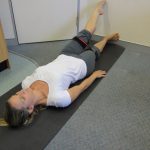
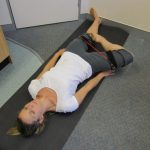
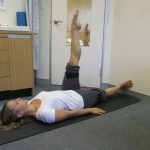
Next, we need to train our turn-out technique in more dance related movements such as with floor barre. Floor barre allows more stability and positional feedback as we train the hips and pelvis together.
Here we are using the added resistance of Band-ITS to train turn-out with tendus, retire and develope devant.
4. Strengthen
Working against resistance will improve the motor recruitment and, therefore, strength of the muscle of the movement trained. If we repeat our repetitions against resistance we can improve the connection through the pelvis and core to the legs, strengthen turn-out and improve leg height. These improvements will be felt immediately after the bands are removed!
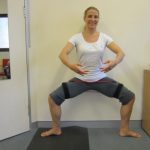
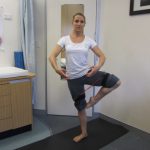
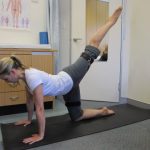 We can then look at training turn-out against resistance in weight bearing positions such as plie, retire and ponche prep. Remember to always anchor back to good technique before working with resisted repetitions.
We can then look at training turn-out against resistance in weight bearing positions such as plie, retire and ponche prep. Remember to always anchor back to good technique before working with resisted repetitions.
Summary
- Release the area to allow the movement to be open and centred
- Work on isolation and stability of the area
- Integrate the training into relevant movement patterns
- Add resistance to these movements to strengthen further
For any further assistance with turn-out training please contact the Perfect Form Physiothera[py clinic on Ph: +61 2 9922 7721 or visit www.perferctformphysio.com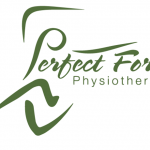
Strength equipment can be sourced from www.band-its.com.au
** Remember: This is only a brief guide. For safe results please be guided by your dance physio.


